Understanding the Dual Challenge of Kitchen and Work Needs During Power Outages
For remote workers, extended power outages present a unique challenge: maintaining both a functional workspace and a safe food storage system. This comprehensive guide will help you protect your essential equipment and food supplies while keeping your remote work operations running smoothly.
Creating a Power-Protected Kitchen Command Center
The key to managing extended outages is establishing a well-organized command center that addresses both food safety and work continuation needs. Here’s how to set it up:
Essential Equipment Organization
- Separate perishable and non-perishable food storage zones
- Designated area for backup power solutions
- Clear workspace for both food preparation and temporary office setup
- Emergency lighting systems
Temperature-Controlled Storage Solutions
Maintaining safe temperatures for both food and electronic equipment is crucial during power outages. Consider these strategic approaches:
Food Safety Priorities
- Use insulated coolers with temperature monitoring devices
- Rotate ice packs strategically
- Organize foods by temperature requirements
- Implement a first-in, first-out system
Equipment Protection Measures
- Surge protectors and voltage regulators
- Battery backup units for essential devices
- Climate-controlled storage options for sensitive electronics
- Proper ventilation systems
Power Management Strategies
Effective power management ensures both food safety and work continuity. Create a tiered system:
Priority 1: Essential Equipment
- Refrigeration systems
- Critical work devices
- Emergency communication tools
- Basic lighting
Priority 2: Secondary Systems
- Backup devices
- Additional cooling solutions
- Comfort items
Emergency Food and Work Station Setup
Create an organized system that allows for both food preparation and work continuation:
Food Station Organization
- Dry goods storage area
- Emergency cooking equipment
- Water storage system
- Sanitization station
Temporary Work Area Setup
- Battery-powered lighting
- Ergonomic considerations
- Essential documents backup
- Power station access
Communication and Connectivity Solutions
Maintain work capabilities with these communication strategies:
- Mobile hotspot backup systems
- Battery-powered communication devices
- Emergency contact protocols
- Client communication contingency plans
Long-Term Planning and Maintenance
Ensure ongoing functionality with regular system checks:
Monthly Maintenance Checklist
- Battery system testing
- Equipment inspection
- Food supply rotation
- Emergency plan updates
Safety and Compliance Considerations
Maintain safety standards throughout the power outage period:
- Food safety temperature monitoring
- Equipment safety protocols
- Emergency procedure documentation
- Local regulation compliance
Recovery and Transition Procedures
Plan for smooth power restoration:
Power Restoration Checklist
- Equipment power-up sequence
- Food safety verification
- System normalization procedures
- Work environment restoration
Conclusion
Successfully managing both kitchen functionality and remote work needs during extended power outages requires careful planning and organization. By implementing these strategies, you can maintain both food safety and work productivity even during challenging power situations. Regular updates to your emergency plans and systems will ensure you’re always prepared for unexpected outages.



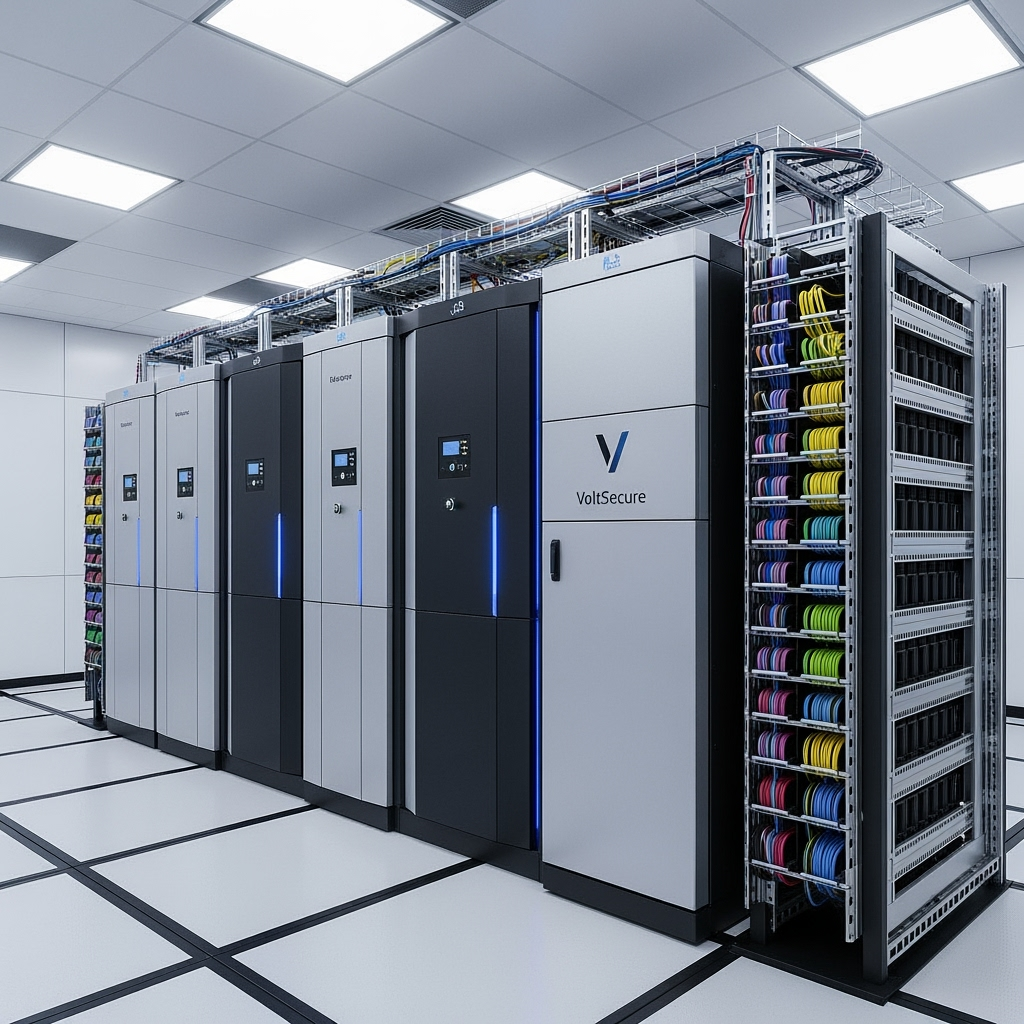

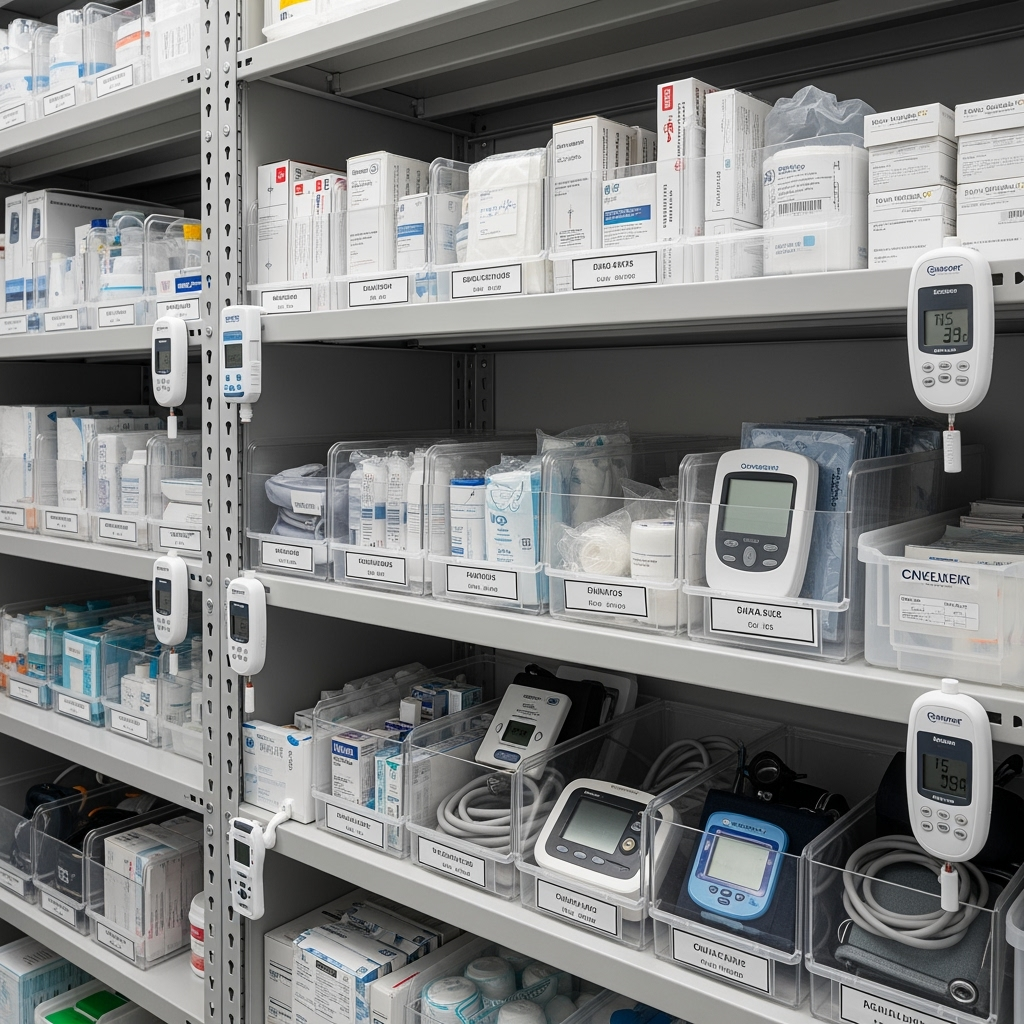
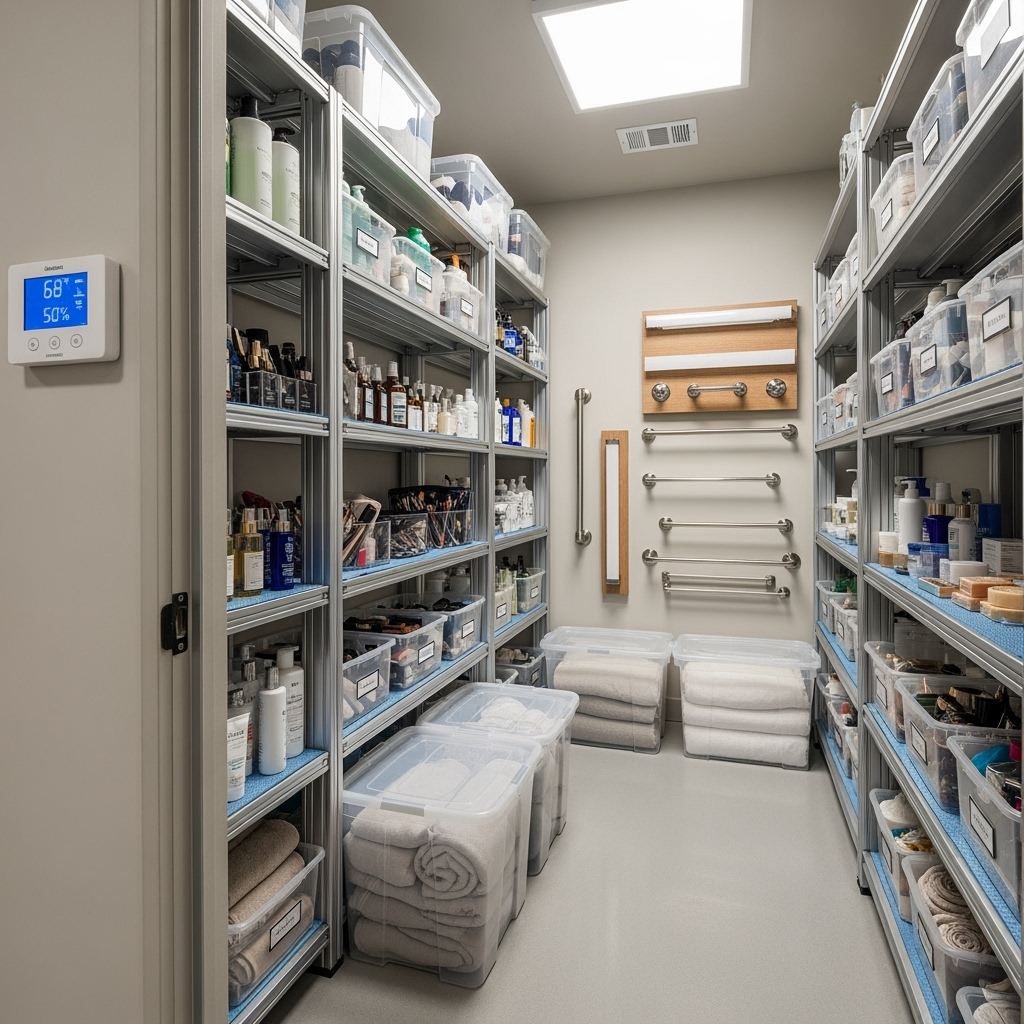
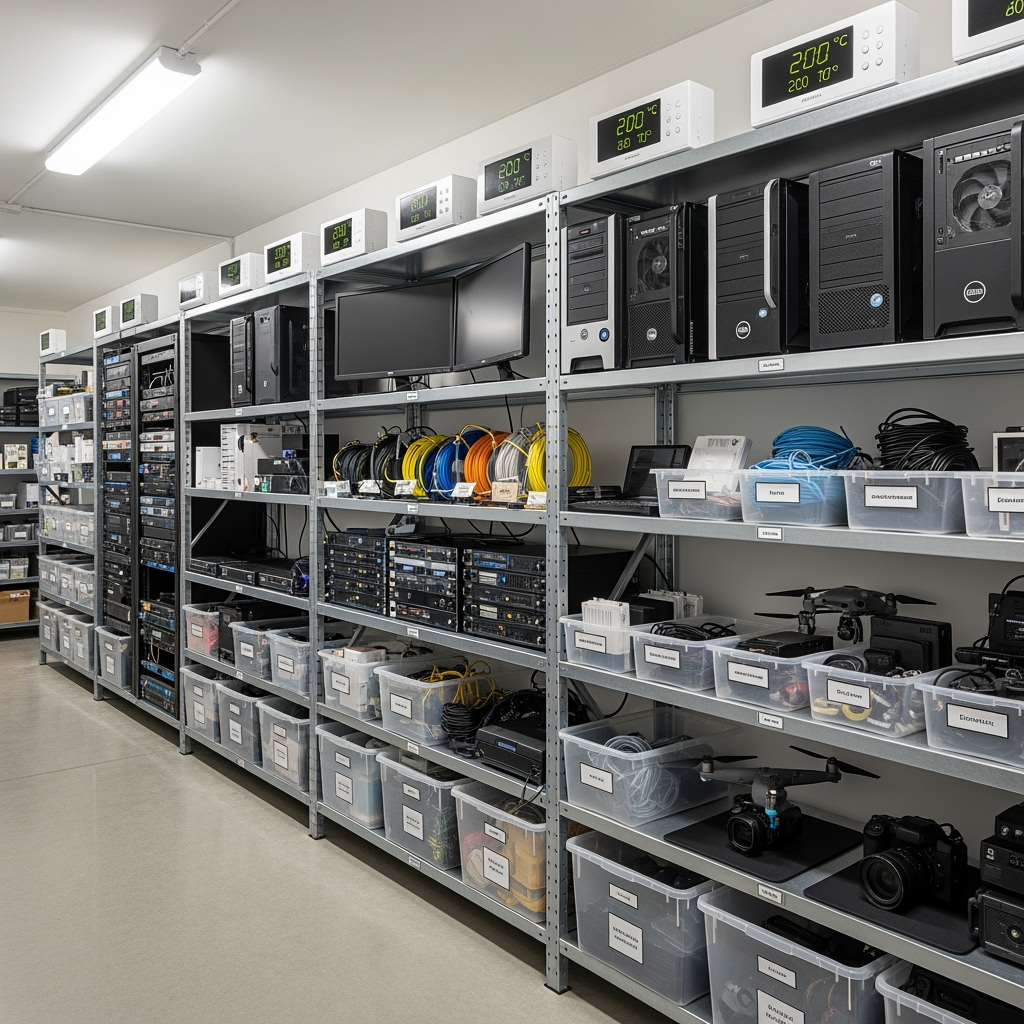
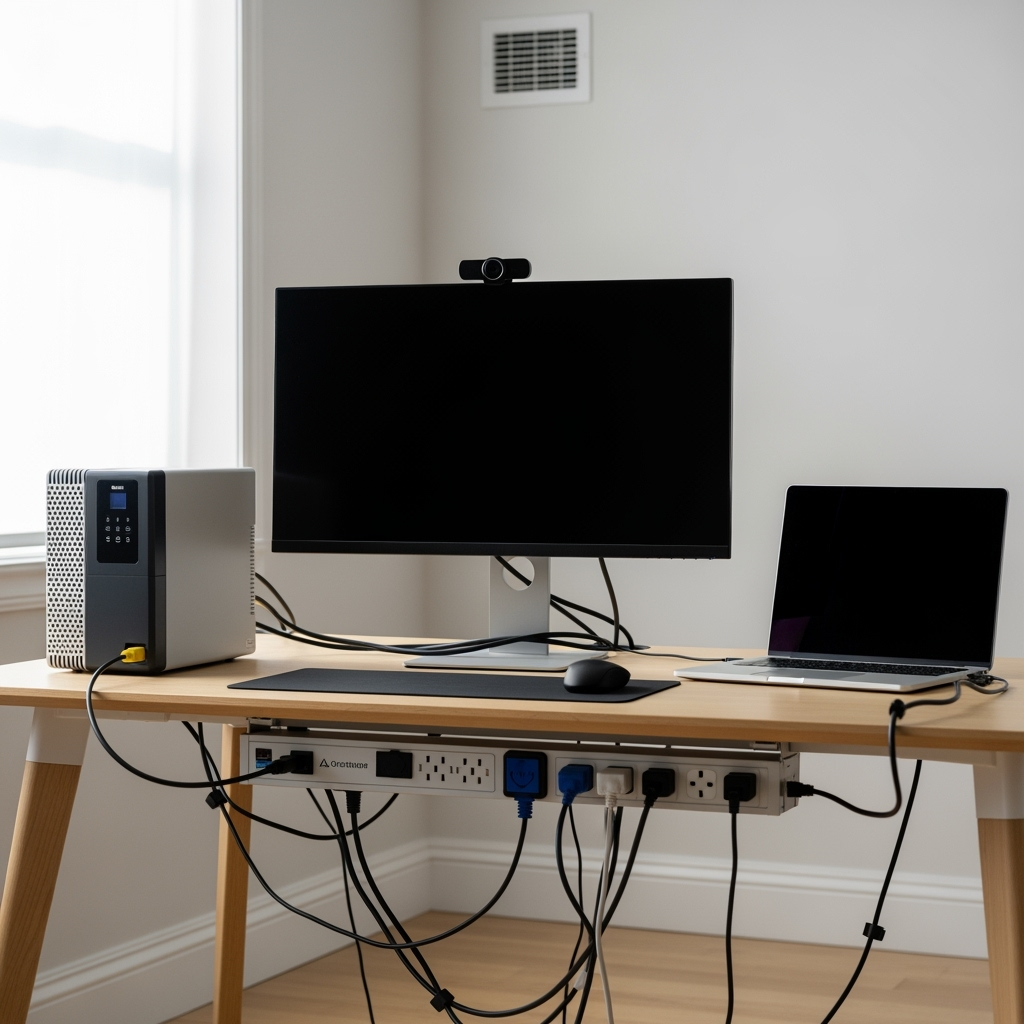
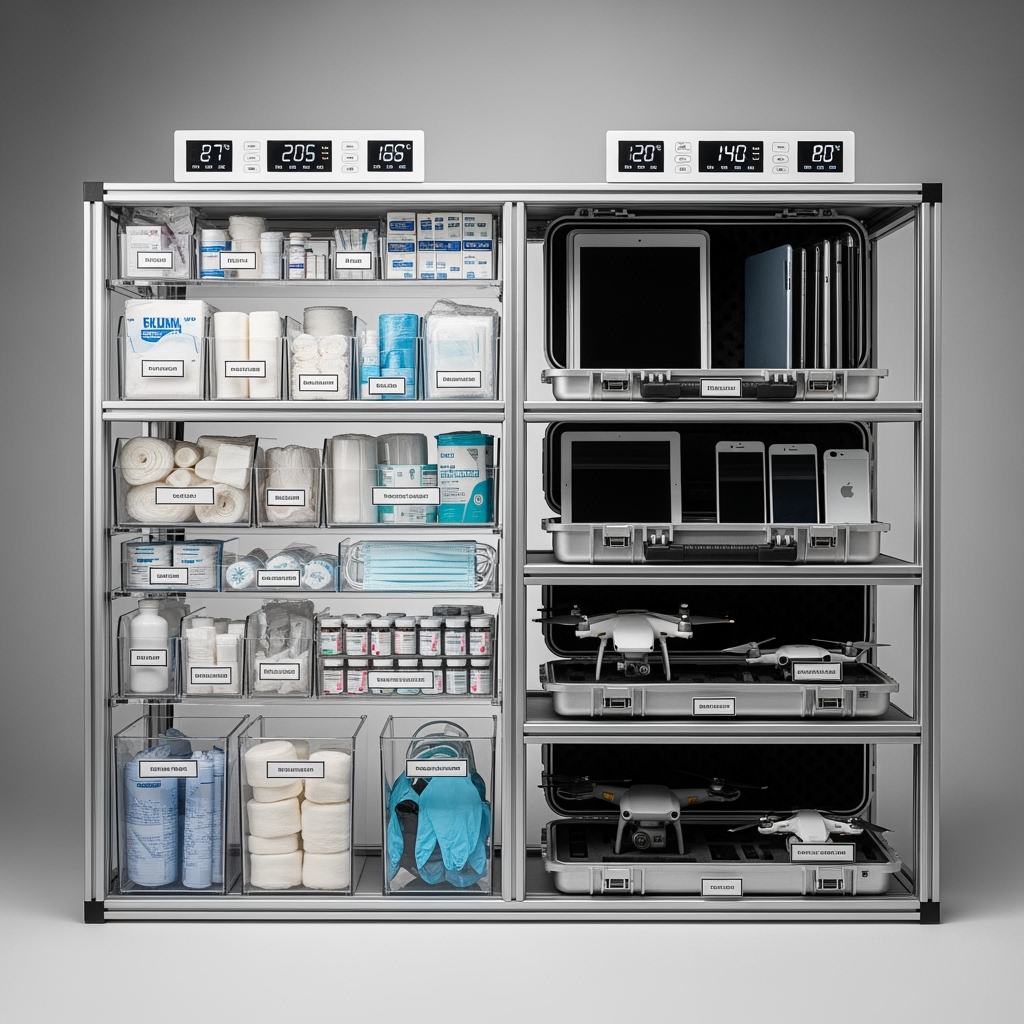
Leave a Reply